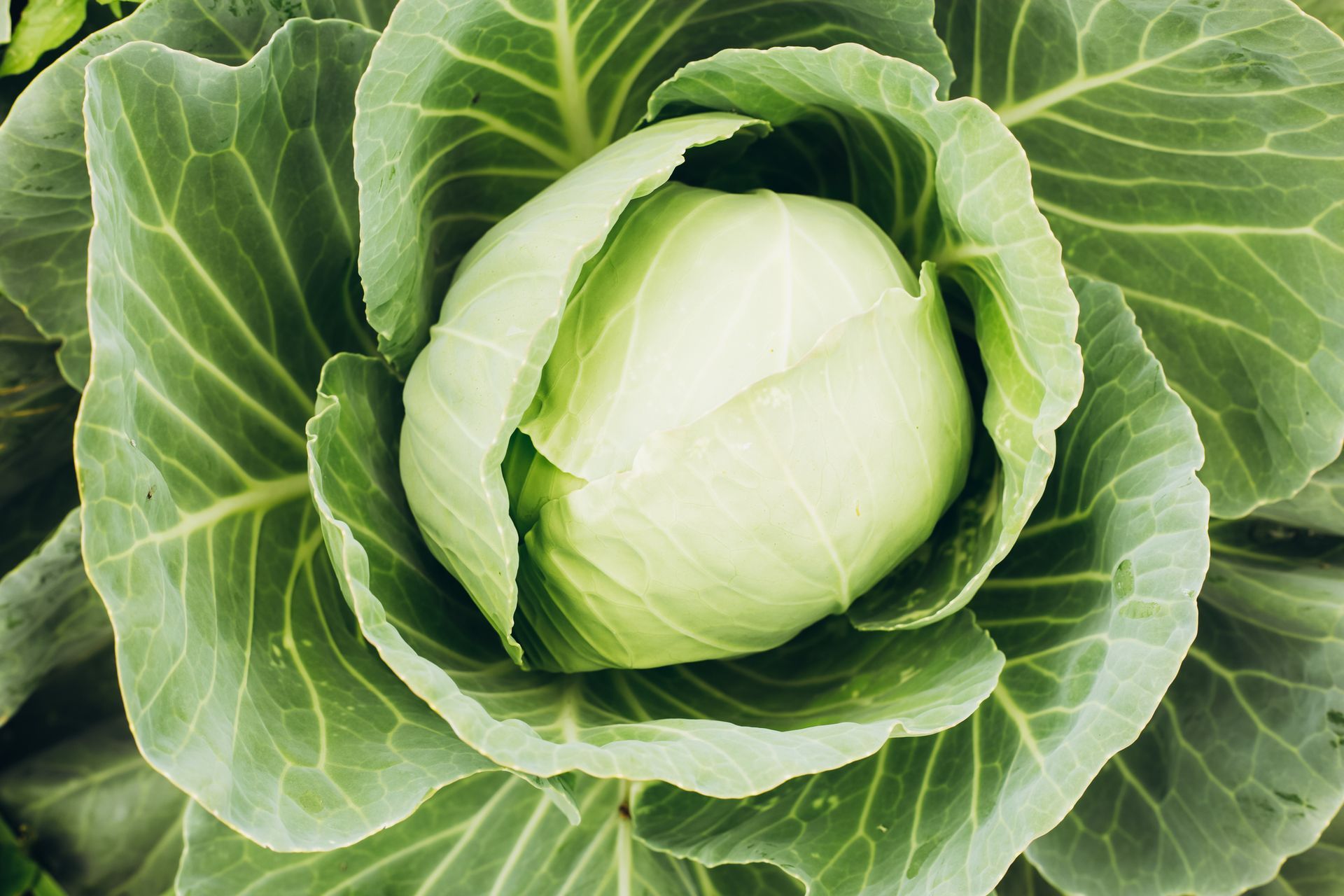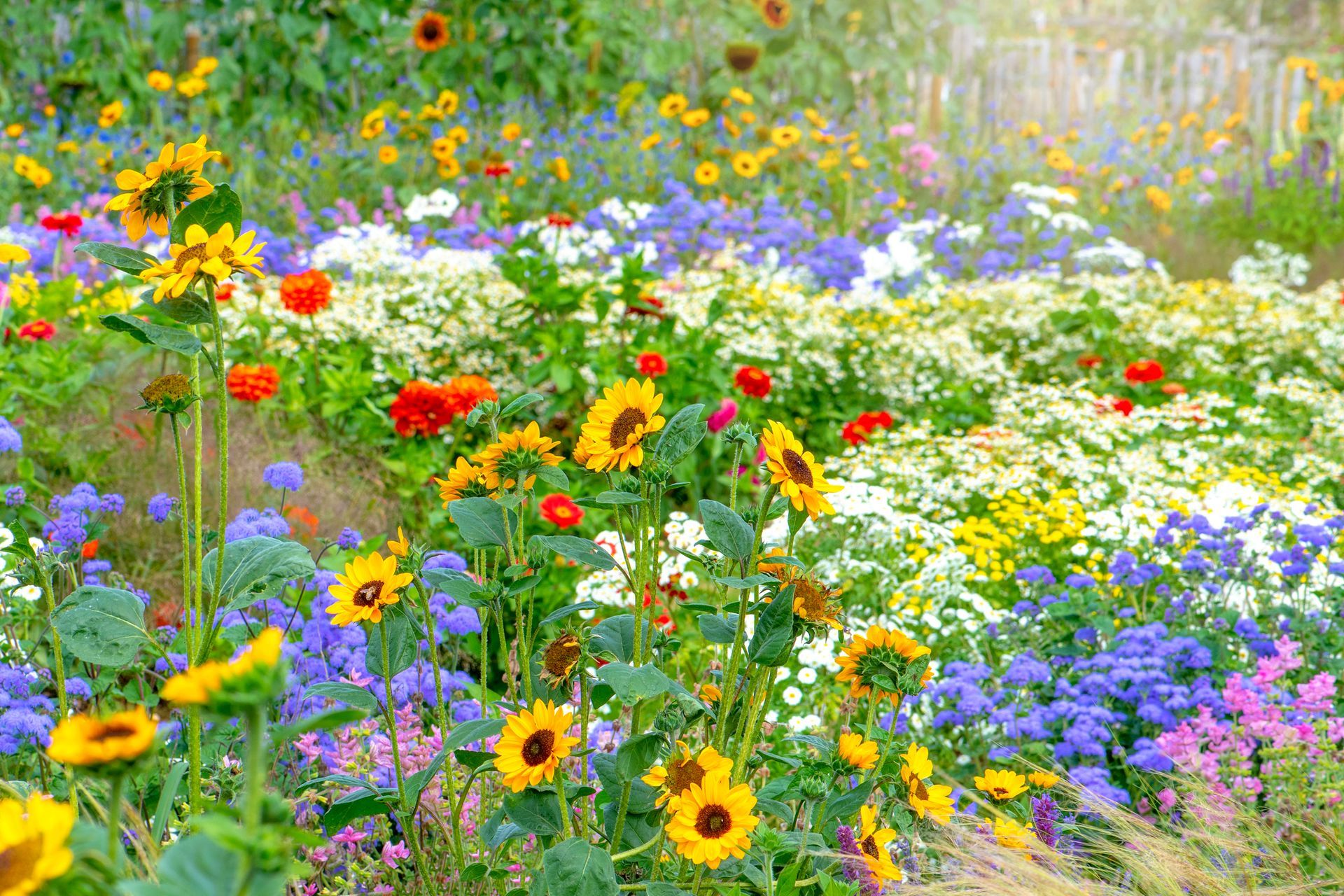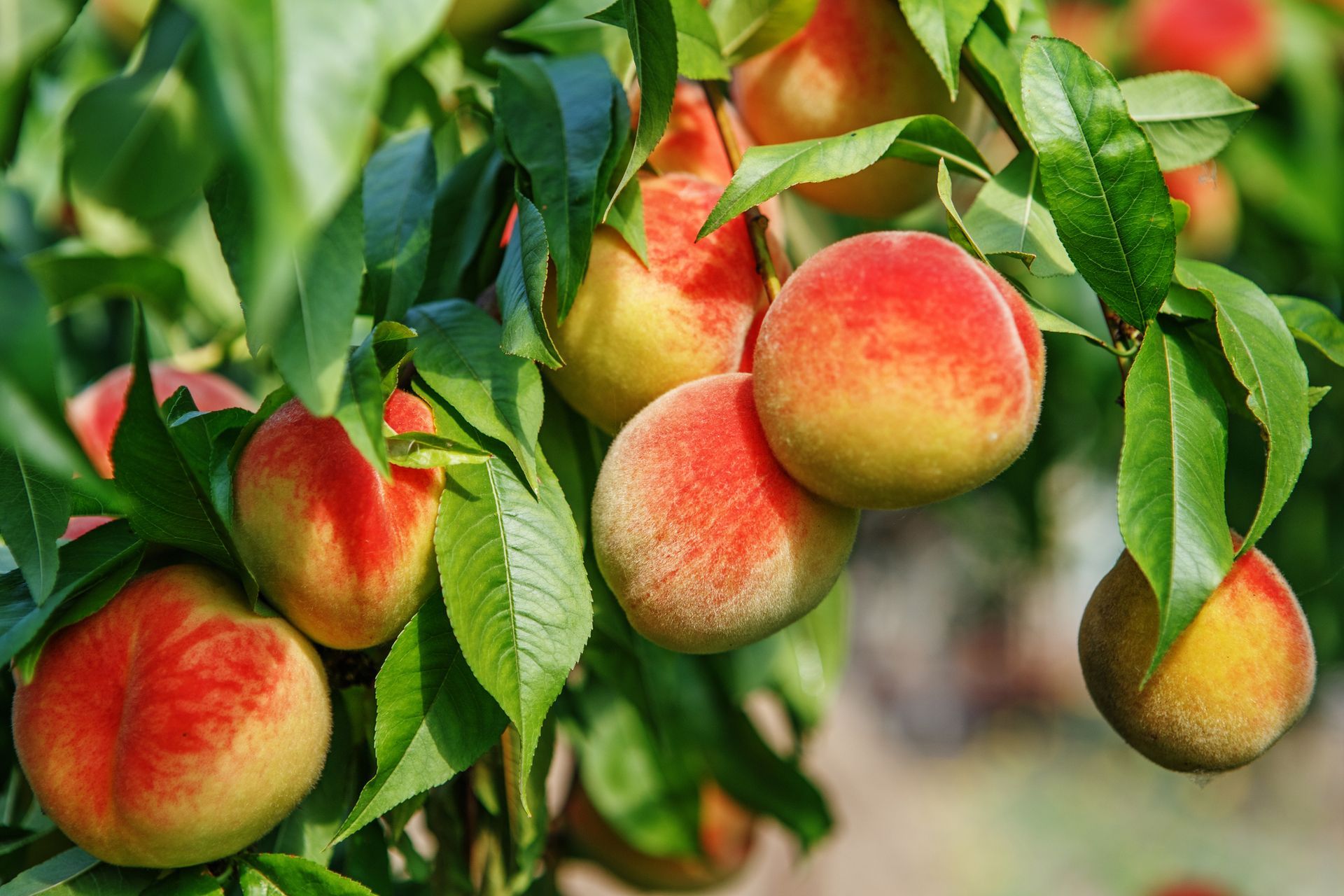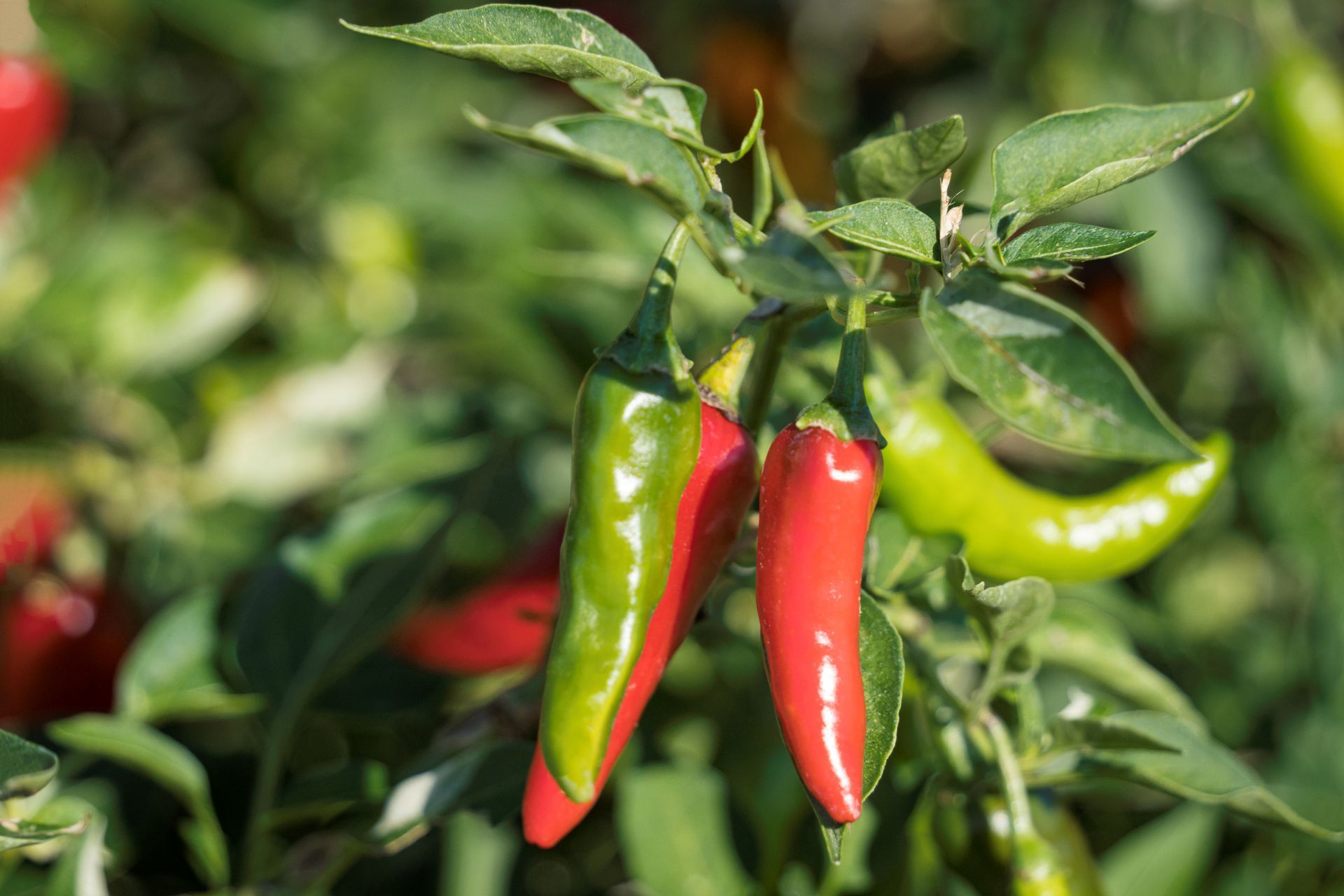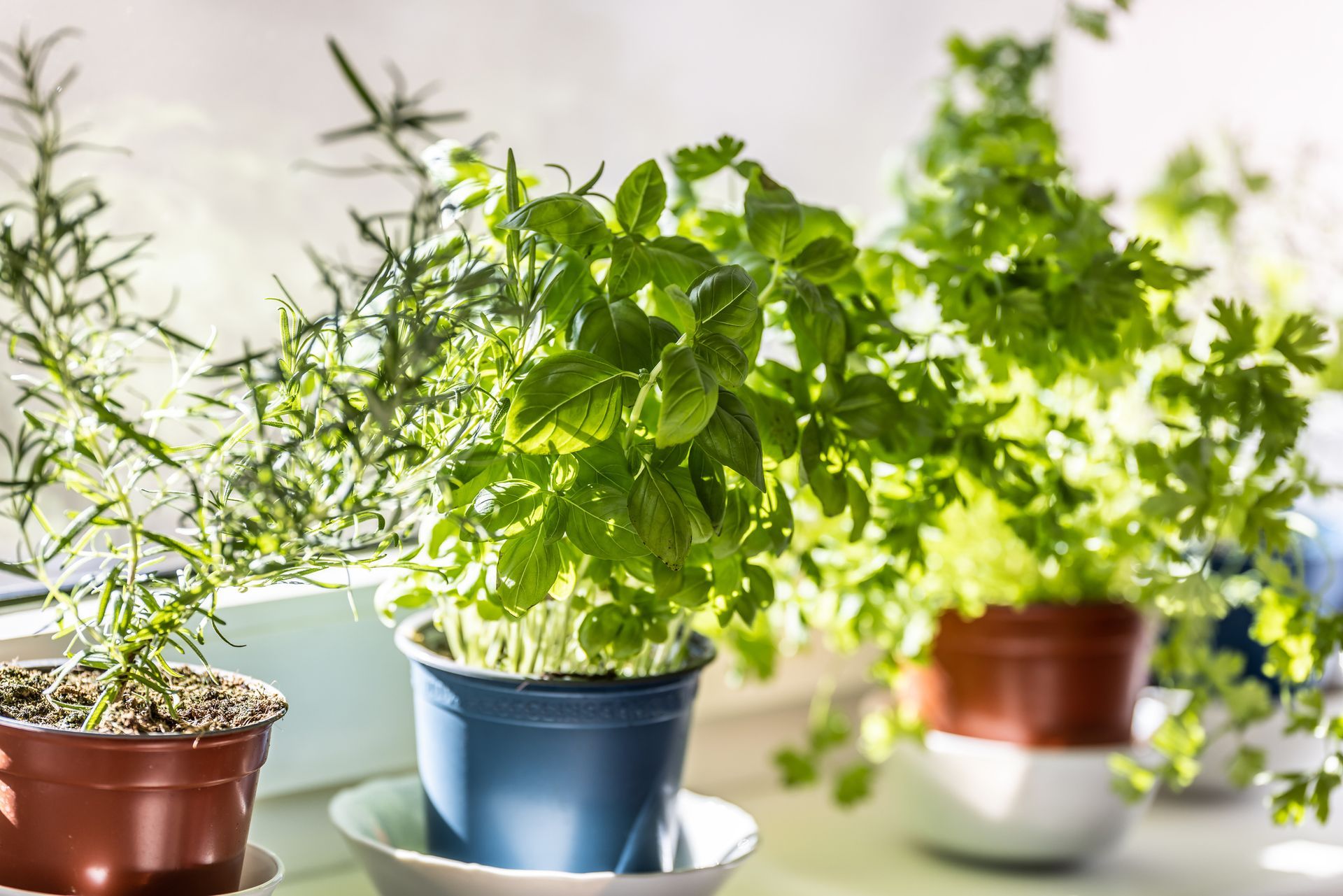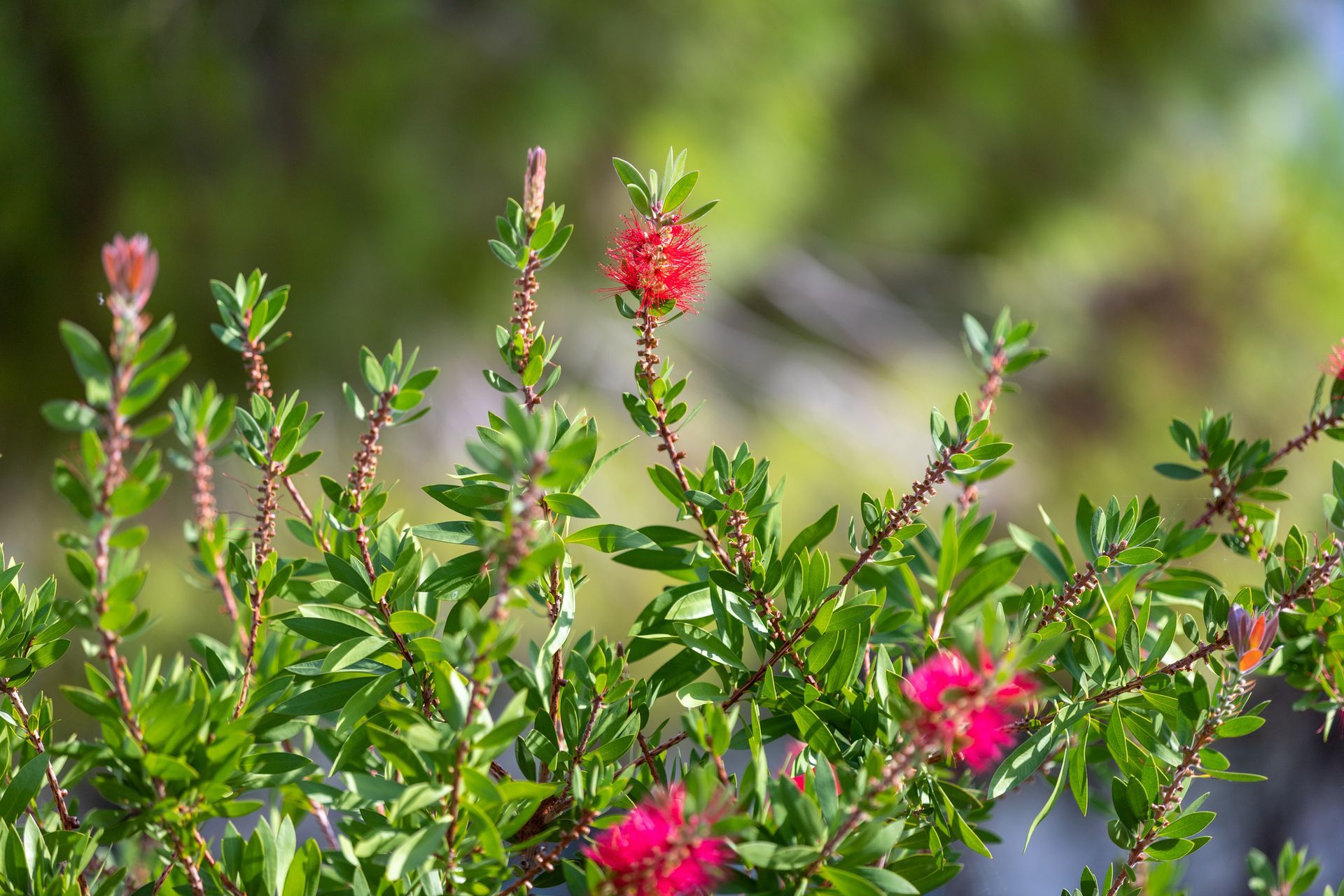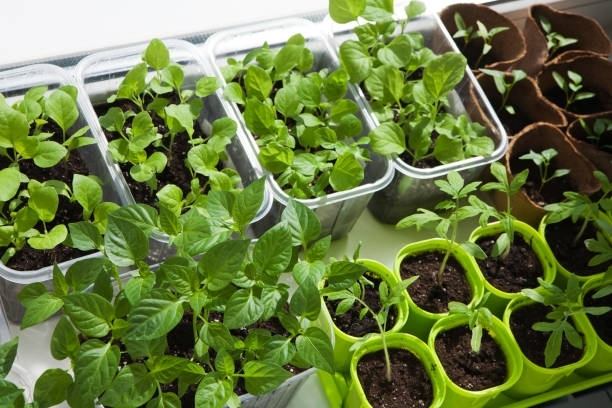The Heralds of Spring
The magnificence of a Deciduous Magnolia filled with their goblets of blooms among the leafless boughs in the early spring is a spectacle every garden should have and every gardener should endeavour to find a place for. And with so many gorgeous varieties to choose from finding just one may be a difficult choice but then why stop at just one.
This year at Stoneman’s we have a great range of species and cultivars from which to make your selections. We have some of the best from the prolific Magnolia breeders the Jury Family from Taranaki in New Zealand. The Jury’s are a family of dairy farmers who in their spare time have produced some of the world’s most important and magnificent cultivars.
Felix Jury, the first Generation of the Magnolia breeding farmers produced Magnolia ‘Vulcan’ with rich ruby red blooms of the classic cup and saucer form although the first flowerings on juvenile trees can be a mid-pink but after the first few years the full glory of this form can be enjoyed for years to come. Vulcan will grow to around 3m in height by 2m in width in 10 years. The second of Felix’s selections that we have available is Magnolia ‘Atlas’ which has huge pretty pink cups of up to 35cm in diameter on a slightly more spreading tree of around 4m high X 3m wide in 10 years.
Magnolia 'Vulcan'
Mark Jury is the second generation of Magnolia breeders in the family and has been responsible for some wonderful works including Magnolia ‘Felix’ named in honour of his father with large 30-35cm flowers of a respectable red and has rapidly gained recognition as one of their best. M. ‘Felix will grow to approx. 3m high X 2.5m wide in 10 years. Magnolia ‘Black Tulip’ is a beautiful deep red black goblet form and is another superb Jury hybrid. The rounded blooms cover a 3m high X 2.5m wide tree after 10 years.
Magnolia ‘Burgundy Star’ is a Jury hybrid that is perfect for a narrow space, a vertical accent or a small garden. As its name suggests it has deep burgundy star shaped blooms on a 4m high X only 1.5m wide tree in 10 years
Magnolia ‘Royal Purple’ is another compact upright form from another of New Zealand’s great Magnolia breeders Peter Cave. M. ‘Royal Purple’ is even more compact and upright than M. ‘Burgundy Star’ with blooms with a deep purple outer to the petals with a paler purple inner to the blooms.
Magnolia Galaxy’ was developed far-far away in the U.S. by William Kosar in the 60s and forms a lovely upright tree of 3m high by 2m wide in 10 years and produces 20cm wide flowers with a light rose purple colour with deeper red purple brush strokes on the outside of the blooms.
If you have room for more you may want to team M. ‘Galaxy with the magnificent Magnolia ‘Star Wars’ another New Zealand cultivar bred by Oswald Blumhardt who created this hybrid in the 70's and he has succeeded in producing one of the longest flowering Magnolia’s available. Magnolia ‘Star Wars’ has a vigorous upright habit reaching 4m high X 3.5m wide in ten years with 25cm bright pink blooms.
Our next two Magnolia’s are from a series known as the 8 little girls and were bred by Dr Francis de Vos and William Kosar in a collaboration of breeding work in the mid-50s at the U.S. National Arboretum. Magnolia ‘Ann’ is the 1st of the series to flower and has erect blooms of red-pink and Magnolia ‘Susan’ with deep pink blooms and is the 6th in the series to flower. All of the de Vos / Kosar little girls are compact growers reaching around 2m high by 1.5m wide in ten years and are very well suited to a smaller yard or as a glorious spring shrub.
Magnolia denudata or Yulan is a species first introduced to the west by Sir Joseph Banks in 1789 from a cultivated specimen from Japan as this is a species from China. M. denudata is a slow grower reaching 3m high by 2m wide in 10 years and in early spring the boughs are filled with pure white goblets making for an arresting sight. The Name Yulan translates as Lily Tree .
Magnolia liliiflora Nigra is a darker flowered selection of the species M. liliiflora or Mu-Lan as it is known in its native China, which translates as Woody Orchid or Orchid Tree. This is also a superb choice for a site with limited space as it has a compact habit of 2.5m high by 2m wide in ten years and produces deep purple upright 10cm blooms with a white inside over a long period.
Magnolia X soulangeana is one of the most commonly planted Magnolia’s and is the resultant cross of M. denudata and M. liliiflora a hybrid made by Chevalier Etienne Soulange-Bodin a former French Officer who founded the Royal Institute of Horticulture in Framont near Paris in the early 1800s. This was the first of the Western Hybrids and the beginning of a long history of hybridization.
Magnolia X soulangeana will form a large multi stemmed shrub or small tree of 3m high X 2.5m wide in 10 years and produces palest pink goblets with purple brush strokes on the outside of the flower with a pure white inside.
Magnolia X soulangeana ‘Rustica Rubra’ has the same attributes of M. X soulangeana and is reported as a chance seedling from Boskoop Botanic Gardens in Holland and differs in the rose-purple colouring of the outside of the blooms whilst still maintaining the pure white inside.
All of the above Magnolia’s are deliciously fragrant and will fill your garden with spectacle and scent and herald the spring.
